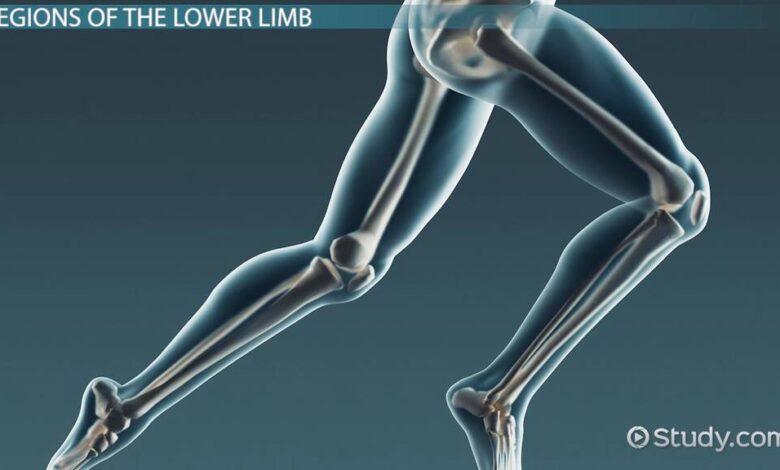Defending the Lower Limbs: A Comprehensive Guide to Hockey Shin Guards

In the high-speed, physical world of ice hockey, player safety is paramount. To safeguard against the potential for injury, hockey players don a variety of protective gear, with one crucial piece being hockey shin guards. These guards serve as a critical shield for the lower limbs, shielding players from sticks, pucks, and collisions. In this article, we’ll delve into the world of hockey shin guards, exploring their history, design, and the essential role they play in the sport as per Pro Sports Hack.
The Evolution of Hockey Shin Guards
The use of shin protection in ice hockey has a long history, reflecting the sport’s commitment to player safety. However, the early versions of shin guards were rudimentary at best. In the early days of hockey, players often improvised shin protection by wrapping their lower legs with strips of leather or cloth.
The first commercially available hockey shin guards began to appear in the early 20th century. These early models were relatively basic, consisting of padded material that offered minimal coverage and protection. Players sought to balance safety with the need for mobility and comfort.
As hockey evolved into a faster, more physical sport, the design and technology behind shin guards advanced significantly. Modern hockey shin guards are now highly specialized pieces of equipment, designed to provide maximum protection without compromising agility or performance.
Anatomy of Hockey Shin Guards
Hockey shin guards are carefully engineered to provide comprehensive protection to the lower legs while allowing players to move with agility and control. Let’s break down the key components of a typical pair of hockey shin guards:
- Shell: The outer shell of the shin guard is typically constructed from durable plastic or composite materials. This shell is designed to absorb and distribute impacts from sticks, pucks, and collisions, preventing injuries to the lower leg.
- Padding: Beneath the shell lies a layer of foam padding that provides additional impact absorption and cushioning. The padding varies in thickness and density, with some areas offering enhanced protection.
- Knee Cap Protection: Many shin guards feature a hinged or floating knee cap protector that covers the player’s knee joint. This design allows for unrestricted movement while safeguarding a vulnerable area.
- Straps and Closures: Shin guards are secured to the player’s legs with adjustable straps and closures. These straps ensure a snug fit and prevent the guards from shifting during play.
- Lining: The interior of the shin guard is lined with moisture-wicking materials designed to keep the player’s legs dry and comfortable throughout the game.
- Calf Guard: Some shin guards include a removable calf guard that provides additional protection to the back of the leg, particularly for players who face the boards frequently.
- Ankle Protection: A few models incorporate ankle guards or sleeves that shield the ankle from impacts and slashes. These guards can help prevent ankle injuries.
The Role of Hockey Shin Guards in Player Safety
Hockey shin guards are more than just a protective layer; they are a crucial component of player safety. Here’s how they contribute to player well-being:
- Impact Absorption: The primary function of shin guards is to absorb and distribute the force of impacts. Whether from a slapshot, a deflected puck, or a collision with an opponent, shin guards play a vital role in minimizing the risk of injuries such as contusions, fractures, or lacerations to the lower leg.
- Preventing Contusions: Bruising or contusions are common injuries in hockey, especially to the shins. Shin guards act as a barrier, reducing the chances of painful contusions caused by high-velocity pucks or sticks.
- Protecting the Knees: The knee cap protection offered by shin guards is crucial for safeguarding the knee joint from blows and collisions. Knee injuries can be season-ending, making this protection critical.
- Comfort and Mobility: While providing robust protection, modern shin guards are designed with player comfort and mobility in mind. Players need to move freely and maintain agility, and well-designed shin guards allow for this while still offering essential protection.
- Enhancing Confidence: Knowing they are well-protected by their shin guards allows players to focus on their performance and play the game with confidence. This mental assurance can positively impact a player’s performance.
Choosing the Right Shin Guards
Selecting the right pair of hockey shin guards is essential for both safety and performance. Here are some factors to consider when choosing shin guards:
- Size: Shin guards come in various sizes, typically ranging from junior to senior. It’s crucial to choose a size that fits snugly without being too tight, ensuring full coverage and protection.
- Style: There are two primary styles of shin guards: traditional and anatomical. Traditional guards have a classic design, while anatomical guards are contoured to fit the shape of the leg more closely. The choice between these styles is a matter of personal preference.
- Coverage: Some players prefer longer shin guards that offer additional calf protection, while others prefer shorter guards for increased mobility. Choose a style that suits your playing style and comfort.
- Strapping System: Different shin guards have varying strapping systems, such as Velcro, elastic straps, or a combination of both. Ensure that the strapping system provides a secure fit.
- Budget: Hockey shin guards are available at various price points. While it’s essential to consider your budget, prioritize safety and quality over cost savings when possible.
Conclusion
Hockey shin guards have evolved from rudimentary strips of leather to advanced, protective gear that is essential for player safety and performance in the fast-paced world of ice hockey. As the sport continues to grow and advance, so too will the technology and design of shin guards, ensuring that players at all levels can enjoy the game while minimizing the risks associated with high-speed pucks, sticks, and collisions.
Whether you’re a seasoned professional or just starting in the sport, investing in high-quality hockey shin guards is an essential step toward protecting yourself on the ice. These guardians of the lower limbs are a testament to the sport’s commitment to player safety, enabling players to focus on their skills, strategy, and the sheer joy of playing the game they love.



